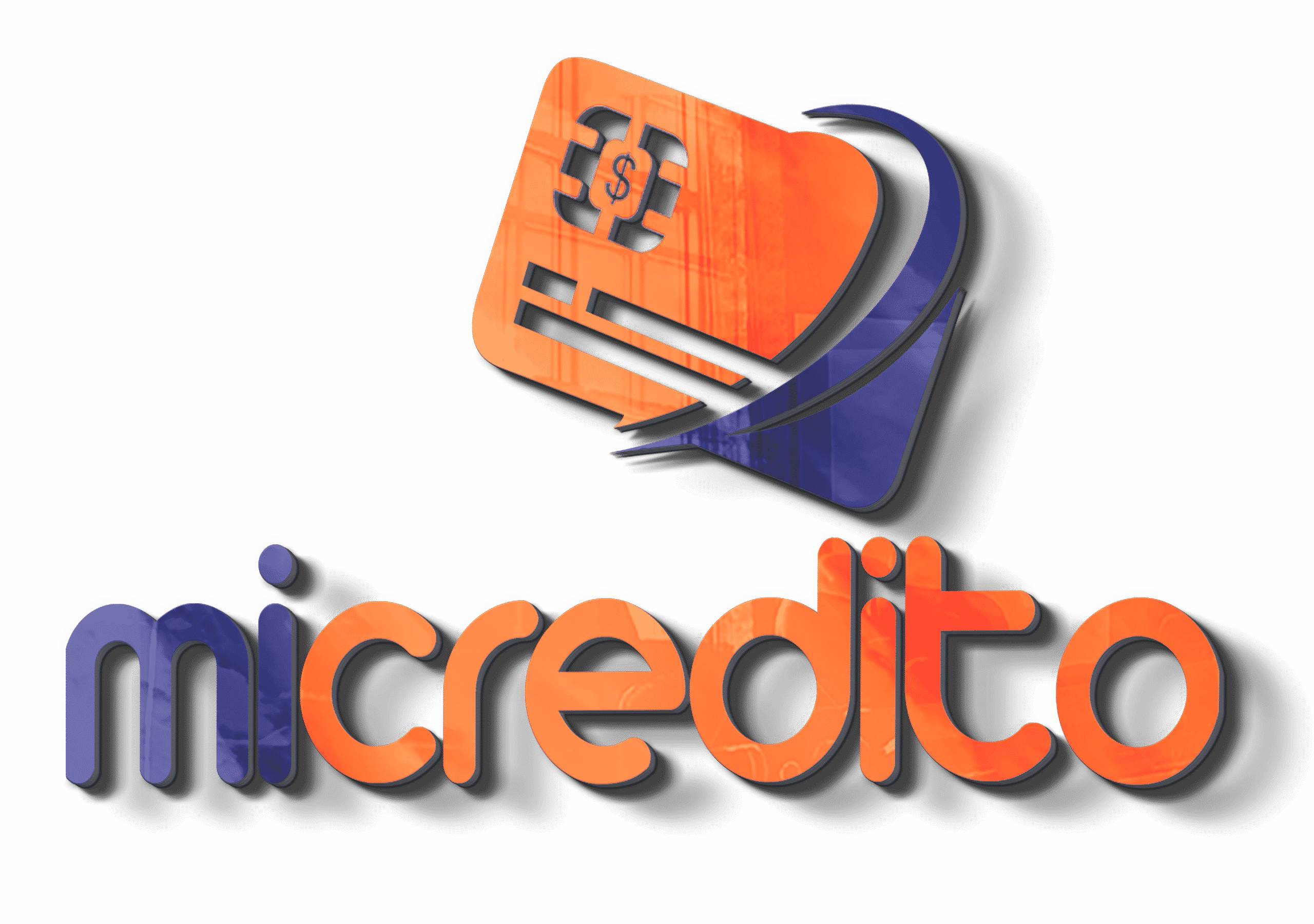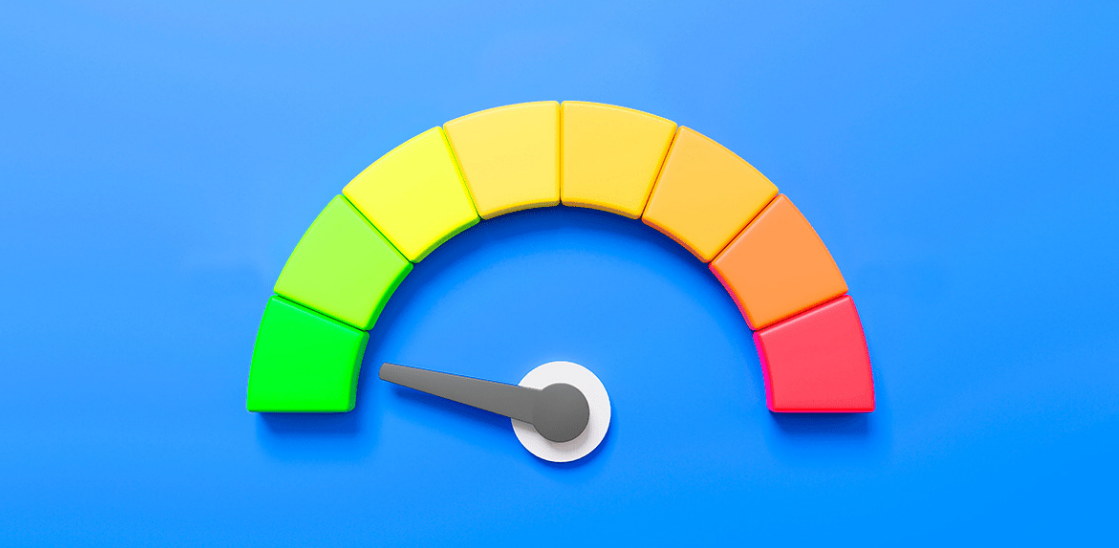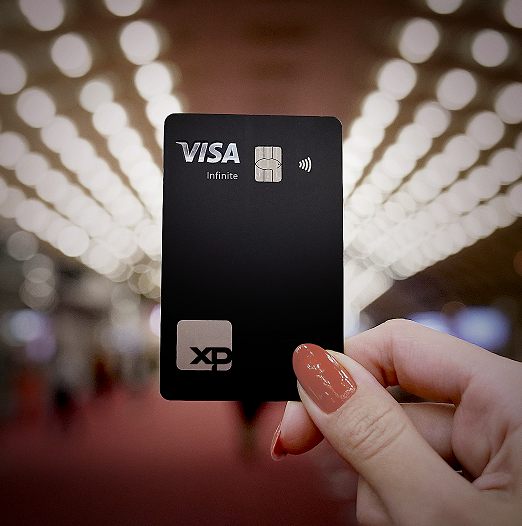Financial literacy is a cornerstone of success in today’s world, and the journey often begins during adolescence. As teens develop their sense of independence, understanding money management becomes essential. For parents, this period comes with the challenge of deciding how to introduce financial tools effectively.
Among the most popular options are debit cards and prepaid cards, each with distinct features tailored to specific needs. The choice between these two tools isn’t merely about convenience but about shaping your teen’s relationship with money. This article delves deeply into both options, examining their benefits, drawbacks, and suitability for teenagers in the U.S.
Understanding the basics: Debit vs. Prepaid cards

What Is a debit card?
A debit card functions as a direct link to a checking account, allowing users to spend money that is already available. For teenagers, debit cards often come with specialized features provided by banks, such as parental controls and spending limits. These cards are more than just a payment tool—they serve as an introduction to modern banking systems. By using a debit card, teens learn to budget, track expenses, and understand the concept of financial limits tied to available funds.
One of the standout benefits of debit cards is their integration with digital banking platforms. These platforms offer real-time transaction tracking, spending insights, and even savings goals. Such features make debit cards a hands-on educational tool, ideal for teenagers learning to manage their money in a digital economy. Moreover, many debit cards for teens come with fraud protection, adding an extra layer of security.
However, debit cards are not without their challenges. Teens who are not yet financially disciplined may risk overdrafts if their spending exceeds their account balance. While many teen-oriented accounts block overdrafts to prevent fees, the experience can still be stressful for young users. Additionally, setting up a checking account can be an involved process requiring parental co-signing and thorough documentation.
What Is a prepaid card?
Prepaid cards, in contrast, operate independently of a bank account. Users load a specific amount of money onto the card, and spending is limited to the loaded balance. Once the funds are depleted, the card becomes unusable until reloaded. This feature inherently prevents overspending, making prepaid cards a safe and straightforward choice for teenagers new to money management.
Prepaid cards are accessible and versatile, often available at retail stores, banks, and online platforms. They are particularly appealing for families seeking simplicity without the commitment of setting up a checking account. Additionally, these cards can be used by younger teens or even pre-teens, offering an early introduction to financial responsibility.
On the downside, prepaid cards often come with various fees, such as activation charges, reloading fees, or monthly maintenance costs. These expenses can add up over time, making prepaid cards less cost-effective than their debit card counterparts. Furthermore, prepaid cards lack the advanced financial tools and protections that come with debit cards, limiting their educational value for teens seeking a deeper understanding of personal finance.
Analyzing the benefits and drawbacks
Advantages of debit cards
Debit cards shine as a tool for building financial literacy and independence. By linking spending directly to a bank account, these cards teach teens to monitor their finances actively. Mobile apps associated with teen accounts often include features like transaction notifications, budgeting tools, and savings trackers. Such tools help teens understand their spending habits and work toward financial goals.
Another key advantage of debit cards is parental oversight. Parents can view their teen’s transactions in real time, set spending limits, or restrict usage in specific categories. This level of control allows parents to guide their teens toward responsible spending while gradually granting them more independence. Additionally, debit cards often come with robust fraud protection, safeguarding against unauthorized transactions.
However, the risk of overdrafts remains a concern. While some banks block transactions that exceed the account balance, others allow overdrafts, resulting in fees. For families prioritizing financial discipline, this risk may be a drawback. Debit cards also require setting up a checking account, which can be a barrier for some families.
Advantages of prepaid cards
Prepaid cards excel in simplicity and safety, making them an excellent option for younger teens or those just beginning to manage their finances. Since spending is limited to the loaded amount, prepaid cards eliminate the risk of overspending or incurring overdraft fees. This feature provides a sense of security for both teens and parents.
Additionally, prepaid cards do not require a checking account, making them easy to obtain. This accessibility makes them ideal for families who are not ready to introduce their teens to full banking systems. Prepaid cards also encourage budgeting, as teens must allocate their limited funds wisely to cover their needs and wants.
Nonetheless, prepaid cards have limitations. Fees are a significant drawback, with charges for activation, reloading, and inactivity being common. These costs can detract from the overall value of the card. Furthermore, prepaid cards lack the advanced features and financial education tools offered by debit cards, limiting their usefulness for teens seeking to deepen their financial knowledge.
Key factors to consider when choosing
Assessing your teen’s financial readiness
Age and financial maturity play a crucial role in determining the best card for your teen. Younger teens or those with little experience handling money may benefit more from a prepaid card. The spending limits provide a controlled environment for learning the basics of budgeting.
For older teens or those showing greater financial responsibility, a debit card offers more opportunities for growth. Managing a checking account and utilizing banking tools prepare them for adult financial systems. Debit cards also foster independence, making them a valuable stepping stone toward greater financial autonomy.
Evaluating family priorities and goals
Every family has unique financial goals. If your focus is on teaching your teen about saving, tracking expenses, and using digital banking tools, a debit card is the superior choice. The educational resources provided by banks can have a lasting impact on your teen’s financial literacy. Conversely, if simplicity and convenience are paramount, a prepaid card may be the better option. Its ease of use and lack of banking requirements make it a practical choice for families prioritizing controlled spending.
Balancing oversight with independence
Parental involvement is another critical consideration. Prepaid cards offer straightforward oversight, as spending cannot exceed the loaded balance. This feature makes them ideal for parents seeking a hands-off approach to monitoring their teen’s spending. Debit cards, however, strike a balance between independence and guidance. Parental controls allow oversight while giving teens the freedom to manage their finances within set limits. This balance helps teens transition smoothly into financial adulthood.





